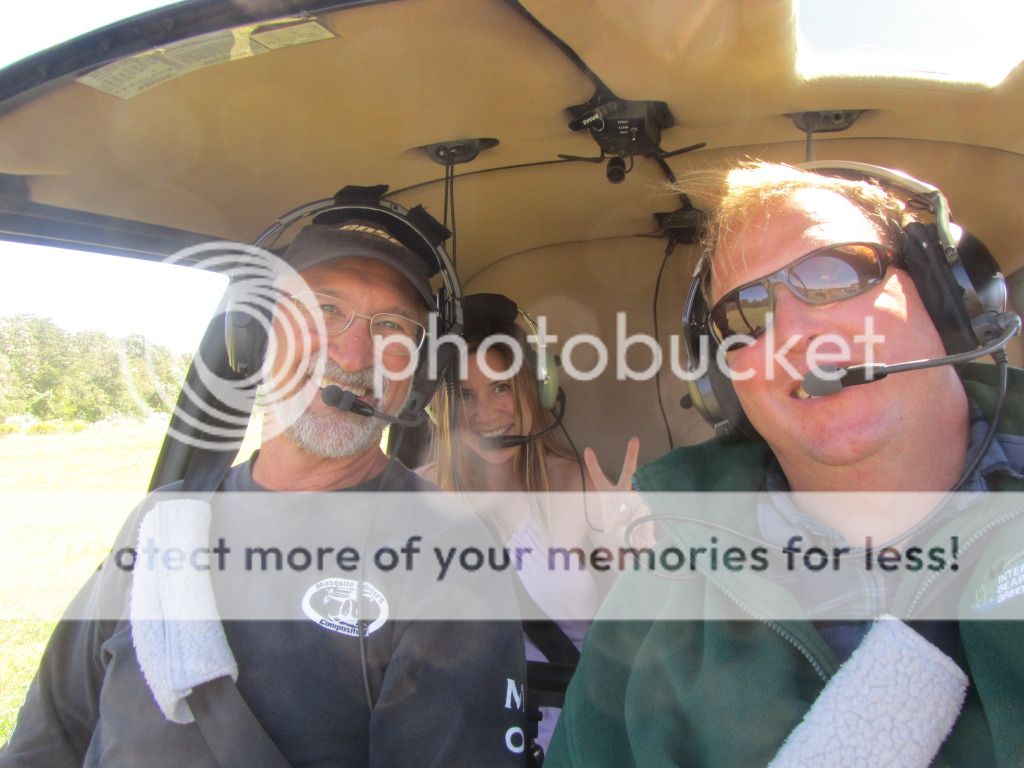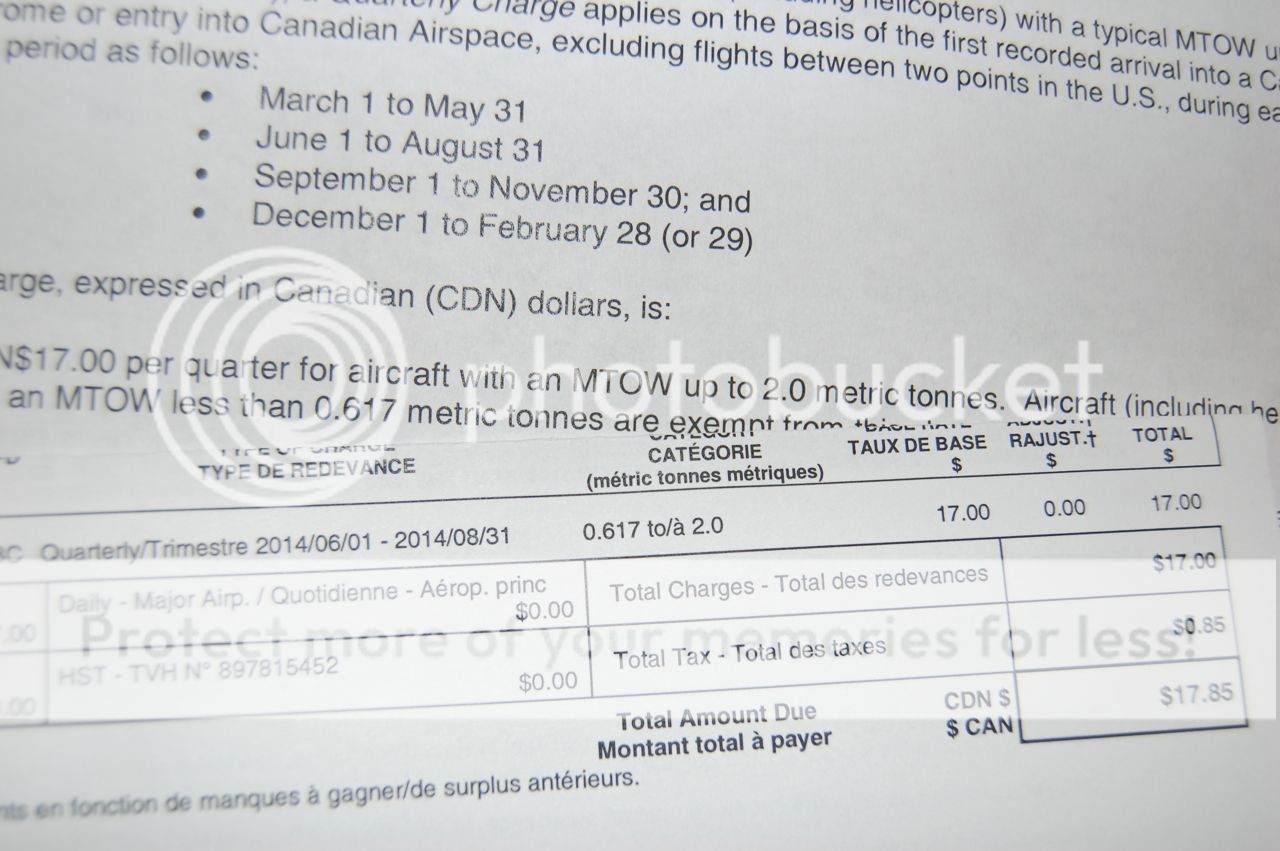Flight planning follies
Flight plans have always been required for trans-border flights to and from the United States. The only thing that has changed since 9/11 is the U.S. authorities take an even dimmer view of unannounced aircraft entering U.S. airspace.
Canadian authorities are just as adamant that a flight plan be filed for the return trip home.
For travel to the U.S., we have to make our own customs arrangements with U.S. Customs and Immigration and on returning to Canada with Canada Customs. ADCUS on a flight plan is no longer sufficient notice. Even though we must make our own customs notification, we are still required to file a flight plan.
A Cessna P206 arrived at Manitowaning/Manitoulin East Municipal Airport from Port Huron, MI without a flight plan.
A PA28 arrived at Niagara District Airport from Grove City, PA. The pilot requested the flight plan be closed, but there was no information on file. A proposed flight plan had been sent to the FIC several times and when the issuing FSS was called, they said to ignore the proposed flight plans and they would send an active flight plan. An active flight plan was never received.
A PA 31 Navajo arrived in Moncton from the U.S. without an active flight plan. A proposed flight plan had been received, but not an activated flight plan.
A C-172 arrived at Victoria, B.C. from Seattle, WA without a flight plan. Seattle FSS personnel confirmed that the pilot had filed a flight plan, but failed to activate it.
A LA-4-200 arrived at Cornwell Regional Airport in Ontario from the U.S. without a flight plan. The pilot called on arrival to close his flight plan only to learn that although he had filed one, he had not activated it.
A PA-23-250 Aztec was initially on an IFR flight plan from Raleigh-Durham International Airport, NC to Brantford Airport in Ontario. The pilot cancelled his IFR flight plan, but did not open a VFR flight plan and arrived in Canada without any flight plan on file.
The CARs state that flight plans must be filed for all flights in sparsely settled areas, in all other areas when the flight is planned beyond 25 nm from the aerodrome of departure, and for all flights to or from foreign airspace.
It appears that some pilots may not be filing flight plans for short flights back to Canada as they may feel that by advising Canada Customs directly, they have fulfilled all requirements.
Other pilots have filed flight plans for their flights home, but are not activating them. In the U.S., Ground and Tower controllers do not open flight plans. An American FSS will not assume you are airborne at the proposed departure time. Pilots must call the nearest FSS on the appropriate frequency when airborne and active the flight plan with them.
When we cancel an IFR flight plan, we cannot assume that alerting services will be kept open when crossing the border. We must file a separate VFR flight plan to cover ourselves.
The other problem we are encountering is U.S. Flight Service Stations are not passing activated flight plans on to Canadian FICs.
There is not a lot we can do about the last problem. We can be more diligent in filing and activating our flight plans when returning to Canada from the U.S. There is more than a legal requirement at stake here. Flight plans are there for our safety and the safety of our passengers.
This summer there have been many CADORS issued when flight plans have not been closed on time. Most of the cases occurred simply because the pilots forgot to close them. A few cases occurred when pilots extended their flights, but did not inform the FIC of their revised time of arrival. Searches are expensive and in some areas of the country, risky. The system works, we do not need to test it unnecessarily.
Have a safe flight.
Dale Nielsen is an ex-Armed Forces pilot and aerial photography pilot. He lives in Abbotsford, B.C., and currently flies air charters. He still freelances as a flying instructor and seminar facilitator. Nielsen is also the author of seven flight training manuals published by Canuck West Holdings.
Got an aviation safety story to tell? Dale Nielsen would like to hear from pilots who have educational aviation experiences to relate. Excerpts from these stories will be used in upcoming safety articles. Dale can be contacted via e-mail:
[email protected]






